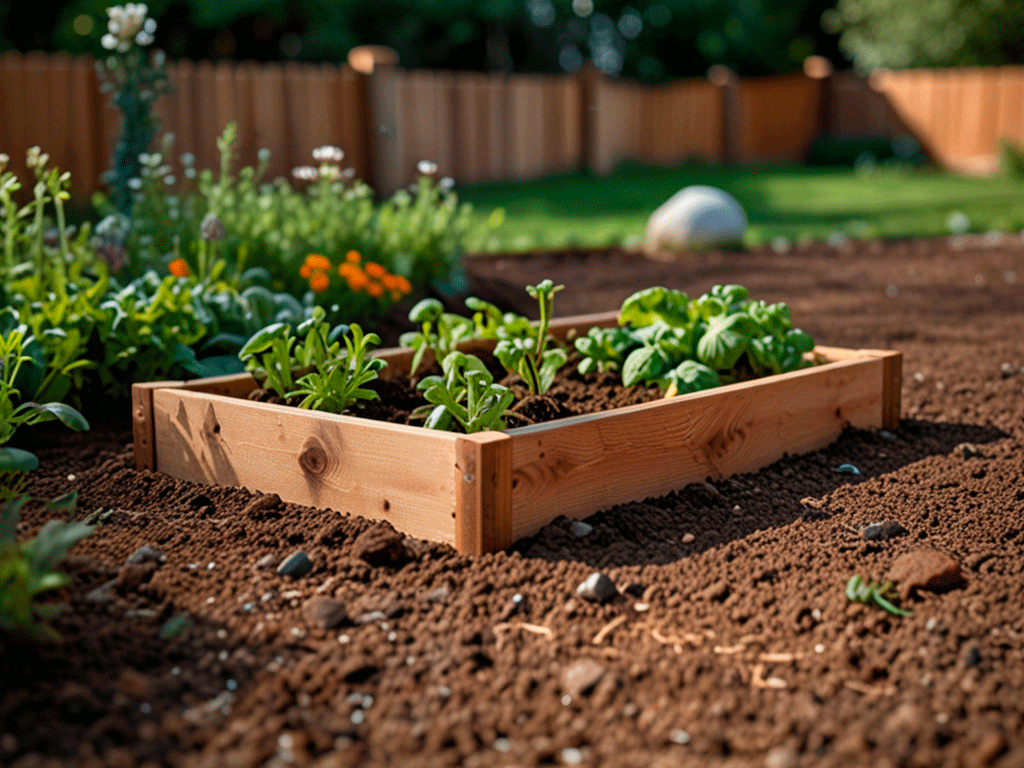Table of Contents
Raised garden beds have become increasingly popular among gardeners, as they provide a convenient and manageable way to grow plants. However, using garden soil in these beds is not recommended, particularly when combined with vermiculite. In this article, we will explore the reasons why garden soil is not ideal for raised beds and discuss alternative soil blends that are more suitable for healthy plant growth.
Why Garden Soil Isn’t Ideal
When it comes to raised bed gardening, using garden soil in the mix, especially when combined with vermiculite, is a choice that many gardening enthusiasts debate.
However, there are several compelling reasons why traditional garden soil may not be the best option for raised beds. One primary concern is the composition of garden soil itself. In its native environment, garden soil is often a dense, compact form of earth that lacks the necessary aeration and drainage characteristics vital for promoting healthy plant root development and overall growth in raised beds. This density can lead to a number of issues, including poor root establishment and inhibited plant growth.
Another significant consideration is the potential for garden soil to introduce a host of unwanted elements into your raised bed. The presence of the native soil may introduce a variety of weeds, pests, and diseases that can, in turn, complicate the maintenance and overall health of the raised garden. This can create a more challenging and labor-intensive gardening experience, particularly when it comes to dealing with the various issues that these introduced elements can bring.
Furthermore, the use of garden soil in raised beds can be problematic in terms of its tendency to compact over time. Unlike specially formulated soil mixes for raised beds, garden soil has a higher likelihood of becoming compacted due to its dense nature. This compaction can impede water and air movement within the soil, leading to a range of issues such as poor drainage, reduced aeration, and hindered root growth. Over time, this compaction can have a detrimental effect on the overall health and productivity of the plants growing in the raised bed.
Drainage?
One of the most critical factors in the success of a raised bed garden is the bed’s ability to provide adequate drainage for the plants.
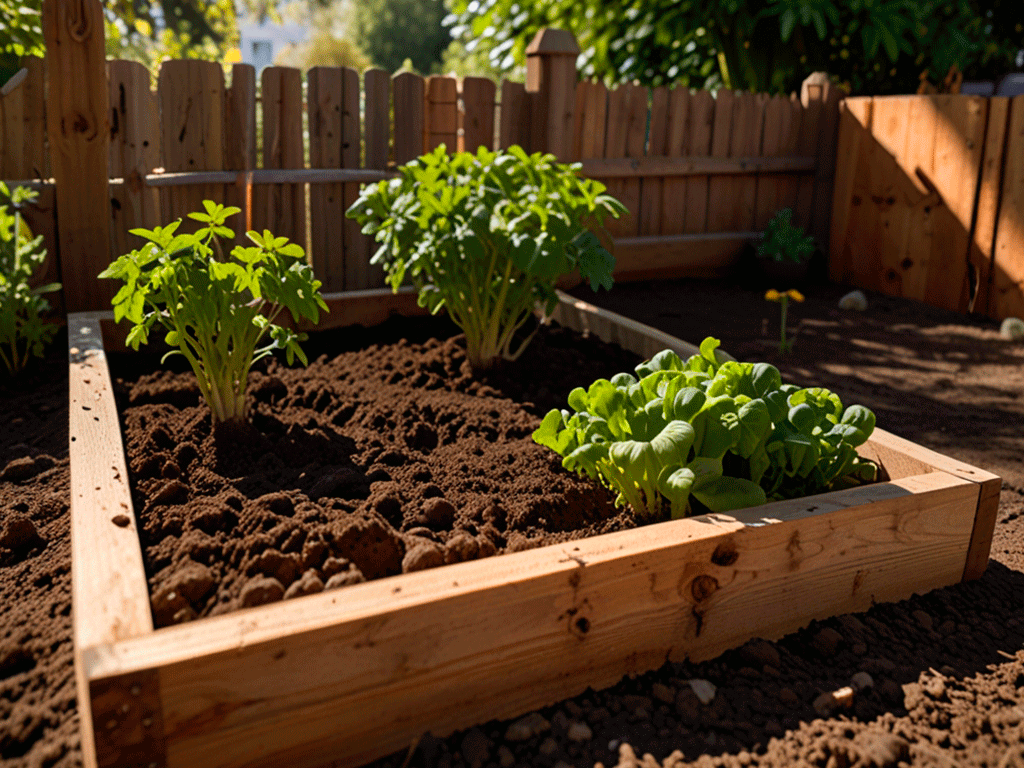
Many gardeners who advocate for the use of specialized soil mixes for raised beds emphasize the importance of well-draining soil for healthy plant roots and the prevention of waterlogging, which can be detrimental to plant health. Garden soil, with its inherent density, is often less capable of providing the level of aeration and drainage required for optimal root development, leading to concerns about the potential for water-related issues in raised bed gardens.
Compacing over time is a common issue in raised bed gardening, and it can have a direct impact on the bed’s drainage capabilities. The potential for garden soil to become compacted, coupled with its existing lack of adequate aeration, can significantly compromise the raised bed’s ability to ensure proper water movement and retention. This can ultimately lead to an increased risk of water-related challenges for the plants, such as poor drainage, elevated levels of soil moisture, and the consequent impact on root health and plant growth.
It’s important to note that soil structure and its impact on drainage are fundamental considerations in creating and maintaining a healthy and thriving raised bed garden. The deliberate selection and use of soil mixes that prioritize aeration and drainage are often recommended to mitigate the potential issues associated with using native garden soil.
Soil Tends to Compact Over Time
Soil compaction is a well-known challenge in gardening, and its impact on the health and vitality of plants, particularly in raised beds, should not be underestimated. In the context of raised bed gardening, the compaction of soil can lead to a range of detrimental effects on plant growth. This is particularly relevant when considering the unique growing environment within raised beds, where the soil structure and composition play a pivotal role in supporting healthy and sustainable plant development.
One of the key concerns with the use of garden soil in raised beds is its tendency to become compacted over time. The dense nature of garden soil, when subjected to the daily activities involved in gardening and the natural processes of water movement, is more prone to compaction. This compaction can restrict the movement of air and water within the soil, leading to a reduction in the availability of essential nutrients and the proper establishment of plant roots. Over time, this compaction can contribute to stunted plant growth and a general decline in the overall health and productivity of the plants within the raised bed.
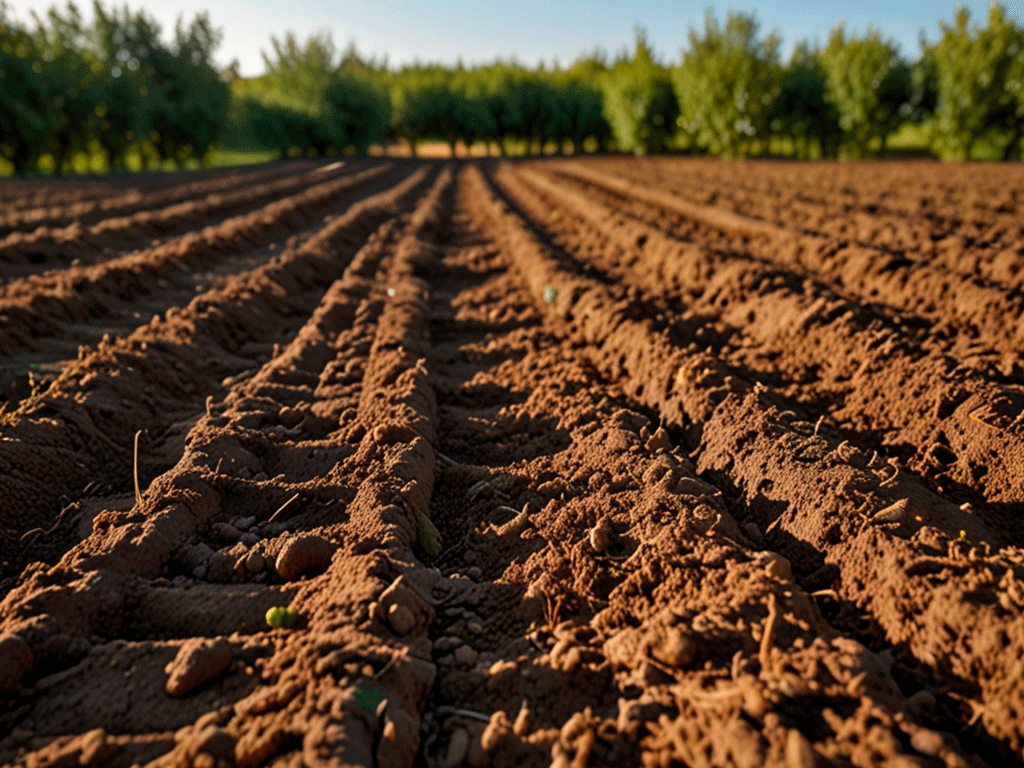
Addressing soil compaction is a crucial consideration for gardeners seeking to establish and maintain robust and thriving raised bed gardens. The knowledge of the potential for garden soil to compact and the subsequent impact on plant health underscores the importance of opting for well-formulated and specially designed soil mixes for raised bed applications.
Problems Garden Soil Introduces
Using garden soil in raised beds can give rise to a range of issues that can pose challenges to the successful cultivation of plants. One of the most significant concerns associated with the use of garden soil in raised beds is the potential for the introduction of weeds, pests, and diseases into the gardening environment. These elements can have far-reaching implications for the health and productivity of the plants, as well as complicate the maintenance of the raised bed garden.
1. Weeds
Weeds are a ubiquitous challenge in gardening, and their presence in raised beds can be particularly problematic. Garden soil, being of native origin, has a higher likelihood of containing weed seeds, which, when introduced to raised beds, can give rise to invasive weed growth. This not only leads to increased competition for vital resources such as water and nutrients but also necessitates additional time and effort to manage and control the growth of weeds within the raised bed. The introduction of weeds through the use of garden soil can thus lead to a more demanding and labor-intensive gardening experience for the enthusiastic cultivator.
Moreover, the presence of weeds within a raised bed can also create challenges in terms of their impact on the overall health and vitality of the plants. Weeds compete with the cultivated plants in the raised bed for essential resources, and their unchecked growth can lead to a decline in the health and productivity of the intended crops. This underscores the importance of taking proactive measures to mitigate the introduction and establishment of weeds within the raised bed through the careful consideration of the soil and its composition.
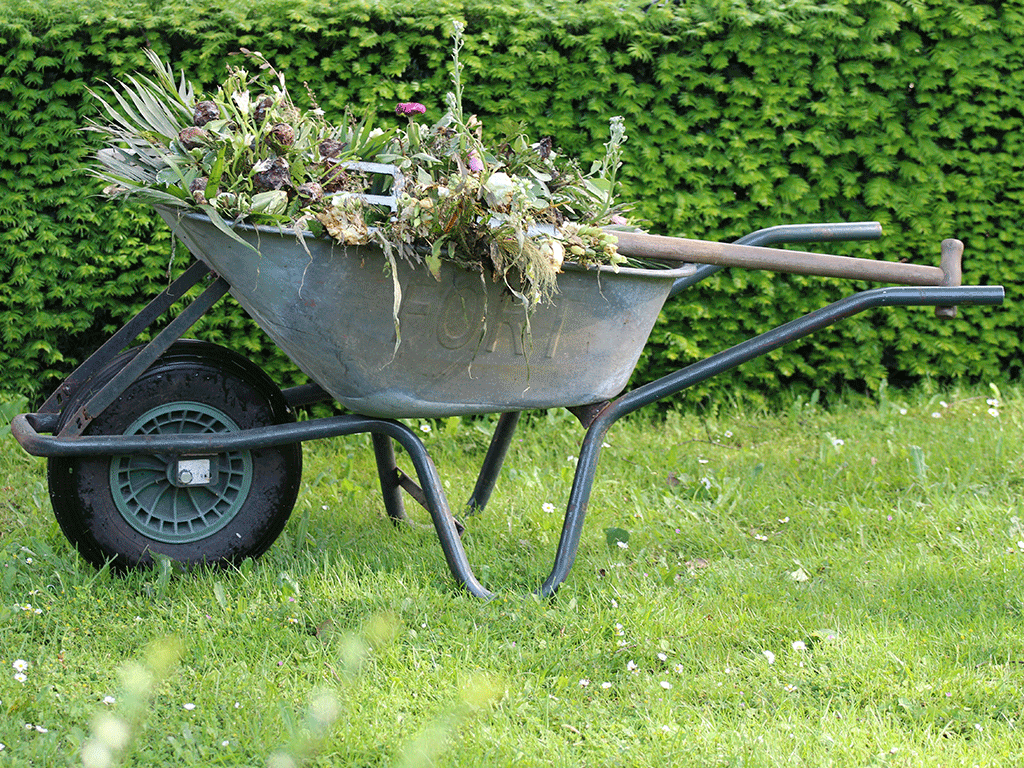
2. Pests
Another potential issue associated with the use of garden soil in raised beds is the increased risk of pest infestations. Garden soil can harbor a variety of pests, and when used in raised beds, it can inadvertently introduce and facilitate the establishment of pest populations within the gardening environment. This can lead to direct competition with, and detrimental impact on, the healthy growth of the cultivated plants, as well as potentially result in the transmission of diseases between plants.
The management and control of pest populations in the context of raised bed gardening are crucial to ensuring the overall health and productivity of the cultivated plants. The introduction of garden soil into raised beds can thus create added challenges in terms of pest management, with the potential for increased pest pressure and the need for proactive measures to mitigate and control infestations. It is essential for gardeners to be mindful of the potential issues associated with the use of garden soil in raised beds and to implement appropriate strategies to address and prevent the establishment of pest populations.
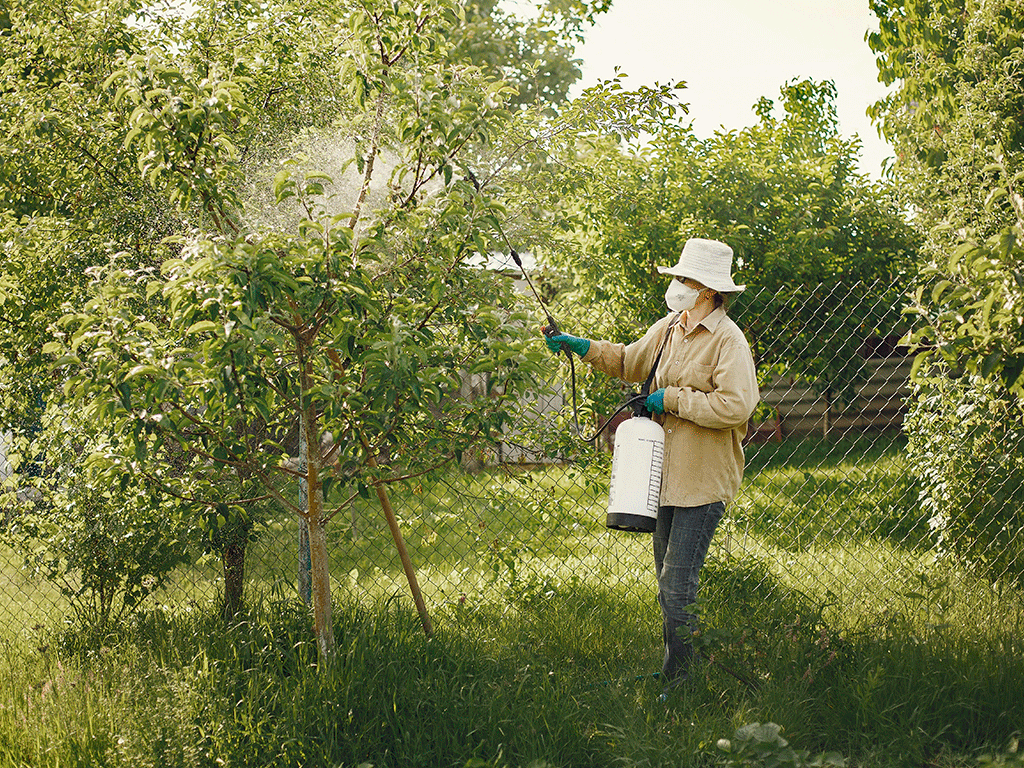
3. Diseases
Diseases are an ever-present concern in gardening, and the use of garden soil in raised beds can heighten the risk of disease transmission and establishment. Garden soil has the potential to harbor and introduce a variety of pathogens, which, when introduced to the raised bed, can lead to the spread and prevalence of diseases that can adversely affect the health and vitality of the plants within the raised bed. This underscores the importance of carefully considering the potential impact of garden soil on disease dynamics within the raised bed gardening environment.
By introducing native garden soil to the raised bed, there is a heightened risk of unwittingly introducing disease agents that can pose a threat to the cultivated plants. This not only presents challenges in terms of disease management and control but also underscores the critical importance of ensuring the use of disease-free soil and soil amendments in the pursuit of establishing and maintaining a healthy and productive raised bed garden.
Creating the Right Soil Mix
Considering the potential issues associated with the use of garden soil in raised beds, it is crucial to explore alternative approaches to creating the optimal growing environment for plants within the context of raised bed gardening. One widely recognized and recommended approach is the use of well-balanced soil mixes specifically designed for raised bed applications. These specially formulated soil mixes are crafted to address the unique requirements of raised bed gardening, offering a customizable and tailored solution to support the healthy growth and development of plants in raised beds.
One of the most popular and widely adopted soil mixes for raised bed gardening is known as “Mel’s Mix.” This comprehensive blend, developed by Martin J. McGarry, commonly referred to as “Mel,” and popularized through the Square Foot Gardening Movement, consists of equal parts of compost, vermiculite, and peat moss or coconut coir.
The careful selection and combination of these components yield a well-structured and balanced soil mix that is characterized by its excellent drainage, adequate moisture retention, and the presence of essential nutrients, all of which are pivotal for supporting robust plant growth in raised beds.
In the composition of Mel’s Mix, the vermiculite plays a critical role in enhancing the water and nutrient retention capabilities of the soil, while the compost component contributes essential nutrients and beneficial microorganisms that are indispensable for promoting healthy plant development. Furthermore, the use of peat moss or coconut coir in the mix ensures a sustainable and environmentally conscious approach to soil composition, while also offering advantages in terms of moisture retention and soil structure. These integral components work in harmony to create a favorable and conducive growing environment for a diverse range of plant species within raised bed settings.
Mel’s Mix: Compost, Vermiculite, and Peat Moss
Mel’s Mix, as an established and widely embraced soil blend for raised bed gardening, has garnered a reputation for its efficacy in supporting successful and sustainable plant growth within raised bed environments. By leveraging its unique composition of compost, vermiculite, and peat moss, Mel’s Mix offers a well-balanced and customized solution that aligns with the specific needs of raised bed gardeners, fostering optimal soil structure, fertility, and the overall health of the plants cultivated within the raised beds.
The inclusion of compost in Mel’s Mix is instrumental in imparting essential nutrients, beneficial microorganisms, and organic matter to the soil, thereby enriching the growing medium and creating a fertile and nourishing environment for plant roots. Vermiculite, with its capacity to retain moisture and nutrients, bolsters the mix’s ability to provide a consistent supply of essential elements to the plants, while also contributing to the creation of a lightweight and airy soil structure that is conducive to healthy root development and plant growth. Additionally, the incorporation of peat moss, which can be substituted with coconut coir, adds a layer of sustainable and environmentally responsible soil composition, promoting moisture retention and soil aeration in the raised beds.
By integrating these vital components in equal measure, Mel’s Mix presents a cohesive and comprehensive soil blend that reflects the careful consideration of key factors essential for the success of raised bed gardening. Its proven track record and widespread adoption underscore the significance of this soil mix as a foundational element for establishing and maintaining thriving and productive raised bed gardens, making it a compelling choice for both novice and experienced gardeners alike.
Coconut Coir as a Sustainable Alternative
Given the increasing emphasis on sustainability and environmentally friendly practices in gardening, the use of coconut coir as a sustainable alternative to peat moss in soil mixes for raised beds has gained notable attention and recognition. Coconut coir, derived from the fibrous husks of coconuts, offers a range of distinct advantages that align with the principles of sustainability and responsible resource management within the context of raised bed gardening.
One of the key benefits of employing coconut coir in place of peat moss is its status as a renewable and sustainable resource, contrasting with the environmental concerns associated with the extraction of peat moss from natural habitats. Additionally, coconut coir exhibits exceptional water retention properties, enabling it to maintain consistent soil moisture levels and support healthy plant growth within raised beds, making it a suitable and reliable component for cultivators seeking environmentally conscious soil mix alternatives.
Furthermore, coconut coir’s lightweight and resilient nature contributes to the creation of a resilient and well-structured soil blend that promotes proper aeration and root development in raised beds. Its incorporation in raised bed soil mixes aligns with the growing emphasis on sustainable and eco-friendly gardening practices, offering an environmentally responsible and high-performing option for gardeners invested in cultivating a harmonious and sustainable gardening ecosystem.
Effective Soil Blends
Within the realm of raised bed gardening, a well-crafted and balanced soil blend is a cornerstone of successful and thriving plant cultivation. As such, the exploration of effective soil blends tailored to the specific requirements of raised bed gardening presents a valuable opportunity for gardeners to customize and optimize their growing environments, thereby maximizing the potential for robust and sustainable plant growth.
One widely recognized and proven effective soil blend for raised bed applications comprises a careful balance of compost, sand, topsoil, and vermiculite. This thoughtfully formulated mixture, characterized by its composition of 50% compost, 20% sand, 20% topsoil, and 10% vermiculite, offers a harmonious integration of essential components that collectively support the nutrient requirements, drainage capabilities, and overall health of the plants within the raised bed. The inclusion of compost lends a rich and varied source of nutrients to the blend, while the sand and topsoil contribute to its structural integrity and drainage properties. Veramiculite enhances the soil’s ability to retain moisture and nutrients, weaving together a comprehensive and effective soil blend for raised bed gardening.
By harnessing the unique properties of each component, this soil blend establishes a well-balanced and adaptable foundation for plant growth, catering to the diverse and dynamic needs of a wide range of plant species within the context of raised bed gardening. Its composition reflects a strategic and informed approach to soil formulation, emulating the ideal balance of fertility, structure, and aeration that is imperative for fostering thriving and resilient plant life within the distinct environment of raised beds.
50% Compost, 20% Sand, 20% Topsoil, 10% Vermiculite
The distinctive soil blend featuring 50% compost, 20% sand, 20% topsoil, and 10% vermiculite encapsulates a harmonious marriage of essential components that work in concert to establish an effective and versatile growing medium for raised bed gardening. The substantial proportion of compost in the blend ensures a consistent and abundant supply of vital nutrients, while also imparting organic matter and beneficial microorganisms to the soil, fortifying its fertility and capacity to support healthy plant growth. The integration of sand and topsoil contributes to the creation of a well-structured and well-draining soil, mitigating the risks of waterlogging and compaction that are often associated with unsuitable soil in raised beds. Moreover, the inclusion of vermiculite, known for its moisture and nutrient retention properties, enriches the blend with the capacity to sustain and nourish the plant roots, underscoring its significance as a pivotal component in the composite of the soil blend.
By carefully calibrating the proportions of each element, this soil blend reflects a thoughtful and insightful approach to addressing the specific needs and challenges of raised bed gardening. Its composition, characterized by the thoughtful integration of organic, mineral, and natural components, underscores its potential to serve as a reliable and effective growing medium for a diverse array of plant species within the context of raised beds, offering an improved and optimized environment for nurturing plant life to its fullest potential.
Conclusion
In summary, using garden soil in raised beds, especially when combined with vermiculite, is not advisable due to its potential for poor drainage, compaction, and introduction of unwanted elements. Instead, opt for a well-balanced soil mix such as the popular Mel’s Mix or a blend of compost, sand, topsoil, and vermiculite. This will provide an optimal growing environment for your raised garden beds.
